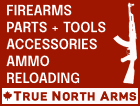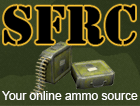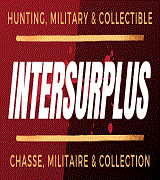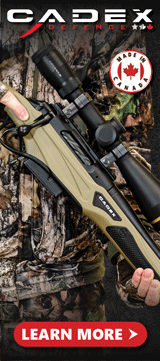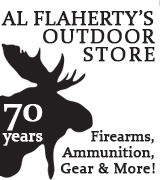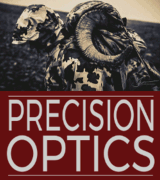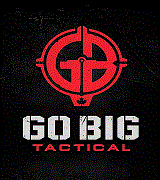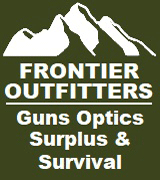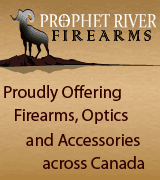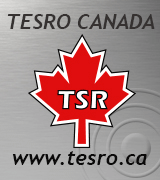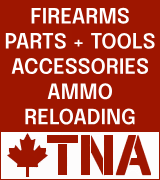Tbolt
CGN frequent flyer
- Location
- Montreal, QC
Hi Guys
I just have a quick question for you, in your parts section you list parts for the #7MkI .22lr, are these parts interchangeable with the C No. 7?
The reason I asking is that I have come into possession of a 1946 LongBranch C No.7 receiver that I would eventually like to complete into a rifle and am wondering if I can use the parts listed on your site to get that goal started.
I just have a quick question for you, in your parts section you list parts for the #7MkI .22lr, are these parts interchangeable with the C No. 7?
The reason I asking is that I have come into possession of a 1946 LongBranch C No.7 receiver that I would eventually like to complete into a rifle and am wondering if I can use the parts listed on your site to get that goal started.
